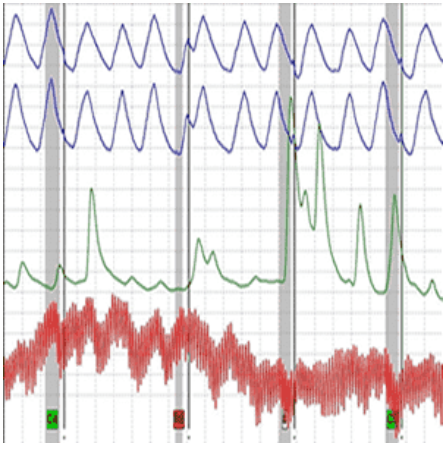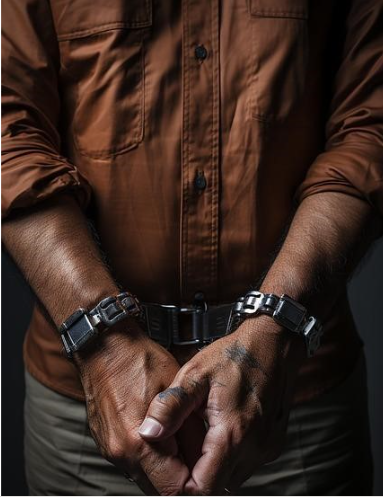Child abuse allegations can damage a suspect’s reputation irreparably. However, it’s often the victims that bear the brunt.
Encountering abusive experiences can leave a child nursing long-term physical and emotional trauma. Even if these wounds heal soon enough, coming forth as an abuse victim may deal a massive blow to one’s self-esteem.
The most effective way to handle child abuse cases is to get to the bottom of the accusations. By uncovering the truth, perpetrators can be brought to justice as victims begin the often-slow process of recovery.
Administering polygraph exams to both parties in child abuse allegations can help settle sensitive accusations.
But just how effective are these tests?
Read below to find out.
Role of Lie Detector Tests in the Investigative Process

Administering lie detector tests can improve the chances of solving child abuse cases. While not conclusive by themselves, findings from polygraph exams can enable investigators to impeach or corroborate witness testimonies.
Such reports may be used in the following scenarios:
- Physical abuse, including beating and burning
- Sexual abuse, including rape and child pornography
- Neglect of a child’s basic needs (food, shelter, medication, and education)
- Child trafficking
Polygraph evaluations are based on the theory that deception stimulates the autonomic nervous system (ANS). This system regulates various physiological functions, including blood pressure, skin conductance, and respiration.
Polygraphers measure deception by analyzing the amplitude of these physiological reactions against pre-established baselines.
But while polygraph exams are convincingly accurate, their reliability may be hampered by heightened emotions. Note that anxiety itself may not cause a person to fail a lie detector test. However, stress can activate the ANS and amplify the parameters commonly measured during polygraph tests.
The fact that child abuse cases are often emotionally charged makes them all the more challenging to subject to lie detector tests.

Psychological Considerations
Although polygraph exams measure ANS-controlled reactions, their efficiency during child abuse investigations can be impacted by the examinee’s emotional state.
Trauma and stress can cause abuse victims to repress their emotions for fear of being judged, blamed, or misunderstood. During pre-test interviews, the child may evade crucial in-test polygraph questions or be detail-averse.
Also, the raw emotions that typically play out during child abuse investigations – anxiety, fear, and anger – can all arouse the autonomic nervous system. Therefore, examiners must build a rapport with a child abuse victim prior to administering lie detector tests to them.
It’s also imperative to establish proper baselines. Baselines serve as reference points for measuring anomalous patterns in an examinee’s physiological responses.
Other ethical considerations include obtaining informed consent, asking relevant questions, and dealing empathetically with the victim.
Note that respondents in child abuse cases may also deploy various countermeasures to beat a lie detector test. Having professionally trained and accredited polygraphers administer the exam is the only way to catch perpetrators in a lie.
Legal and Social Implications of Using Polygraphs in Child Abuse Investigations
The legal inadmissibility of polygraph results is a major obstacle to using this technique in solving child abuse investigations. Critics hold that polygraphs are scientifically inaccurate; hence, they cannot prove a theory ‘beyond reasonable doubt.’
Polygraph results may only be admissible in child abuse investigations where (i) both parties agree to the test and (ii) the credibility of a witness has been severely attacked. Even so, a jury will still exercise the discretionary privilege to admit or reject lie detector findings.
The credibility of polygraph results has also been subjected to intense scrutiny in the court of public opinion. An earlier study found that 92% of respondents viewed lie detector tests as less trustworthy than fingerprint evidence, whereas another 96% regarded them as less reliable than DNA.
However, this experiment focused on other crimes.
When it comes to child abuse allegations, the public is known to rally overwhelmingly around the victim. As such, every attempt to establish the truth is welcome, even if it’s subjecting the accused to a polygraph test.

Supportive Services and Alternatives
Polygraph exams do not provide the only path to justice for child abuse victims.
Emotional counseling is important to reduce anxieties and encourage victims to come forth with vital information. Besides, regular counseling sessions can empower child abuse victims to speak out against this vice.
Since polygraph reports are meant to corroborate or impeach witness statements, it’s important to explore alternative evidence-gathering techniques while investigating child abuse accusations. Those include documenting the victim’s injuries, obtaining the suspect’s DNA samples, and analyzing the behavioral history of both parties.

Using Polygraph Tests in Child Abuse Cases – The Parting Shot
Lie detector tests can be remarkably accurate if undertaken by licensed and accredited examiners. But considering the highly emotive nature of child abuse investigations, polygraphers must proceed cautiously when preparing lie detector tests.
Schedule pre-test interviews to familiarize yourself with the examinee and strive to allay their anxieties. During these engagements, study the victim’s baselines, as these will serve as reference points for interpreting the test results.
More importantly, remember that polygraph results should be secondary to forensic evidence.






